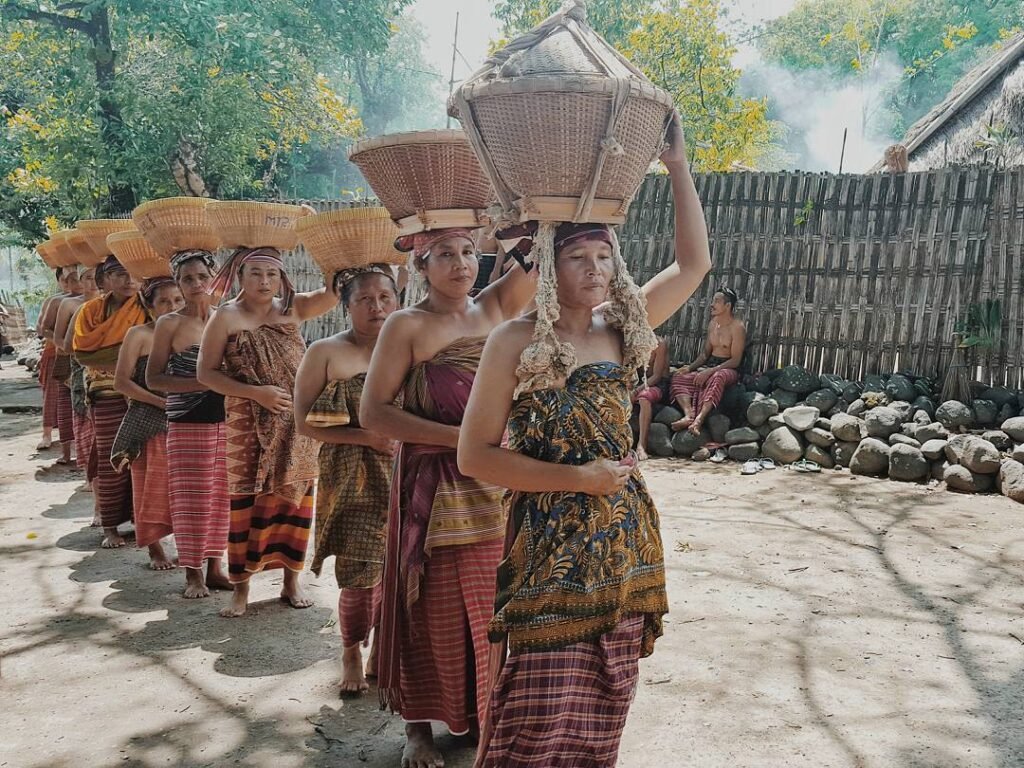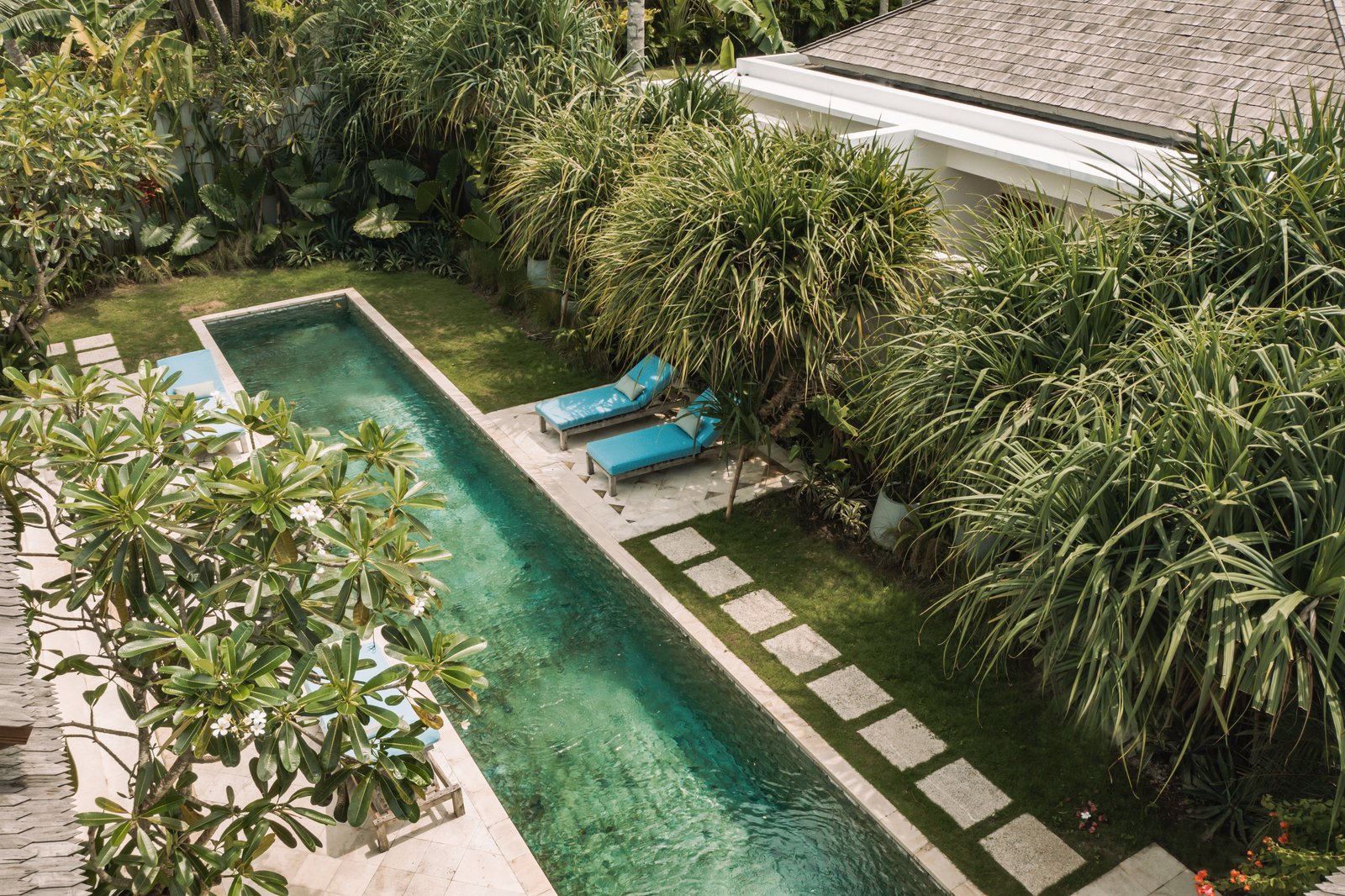A vibrant cultural heritage explained by Villa Amani
Welcome to the vibrant tapestry of Lombok’s culture, where age-old traditions, captivating customs, and warm-hearted people intertwine to create a truly unique and enriching experience.
Nestled as Bali’s neighboring gem, Lombok stands as a testament to the richness of Indonesian heritage.
From its spirited rituals to its intricate customs, this island’s cultural landscape invites you to explore and appreciate a world that is both captivatingly distinct and harmoniously interconnected.
Join us to unravel the essence of Lombok’s culture, explore its cherished customs, and meet the gracious souls who call this island home.

The history of Lombok and its culture
The history of Lombok unfolds as a captivating narrative of cultural exchange, trade, and the evolution of a resilient community.
With roots tracing back to ancient times, Lombok has been a crossroads of civilizations, where merchants from China, India, and Arabia once converged, leaving their indelible marks on the island’s heritage.
The indigenous Sasak people established their presence here, shaping the island’s identity with their unique customs and beliefs.
Over the centuries, Lombok became a part of various maritime empires, witnessing the ebb and flow of power and influence.
Lombok’s dynamic history shapes its diverse architecture, traditions, and way of life—crafting a tapestry rich with stories of adaptation, strength, and the enduring spirit of its people.

Lombok Culture and the Sasak Way of Life
The Sasak culture forms the soul of Lombok—a vibrant blend of traditions, beliefs, and practices passed through generations.
As Lombok’s indigenous people, the Sasak root their identity in history, community life, and a distinct daily rhythm.
Historically, Lombok hosted several small kingdoms, each ruled by a local noble family with unique customs and leadership styles.
Notably, the four principal kingdoms—Bayan, Rambitan, Sengkol, and Sade—helped shape the island’s spiritual and cultural foundations.
Each kingdom practiced distinct traditions, blending animism with Islam to create a unique and lasting spiritual identity.
In particular, Sasak architecture features thatched-roof houses called bale, designed to harmonize with the island’s climate and terrain.
Meanwhile, the Sasak excel in weaving songket and ikat—handcrafted textiles rich with symbolism and ceremonial purpose.
These vibrant fabrics often feature prominently in weddings, rituals, and other traditional celebrations.
Moreover, Sasak villages cluster around communal courtyards that reinforce kinship, unity, and shared cultural expression.
These spaces regularly host music performances, ceremonies, and festive gatherings that bring the community together.
Among the most iconic traditions, the Gendang Beleq drum ensemble delivers powerful rhythms during parades and important ceremonies.
Today, even with modern influences, Sasak traditions remain deeply rooted in daily life across the island.
Thankfully, local communities and organizations continue to preserve this rich heritage through storytelling, crafts, music, and rituals.
As a result, Sasak culture remains one of Lombok’s most captivating treasures—a vibrant, living legacy shared with pride and passion.

Lombok Culture and Customs
Lombok’s cultural calendar bursts with vibrant customs and sacred dates rooted in deep heritage, spiritual beliefs, and living traditions.
To begin with, here are some of the cherished events held close by both the Sasak people and wider Lombok community:
Perang Topat
First, this annual festival celebrates the rice harvest and blends Sasak animism with Islamic values.
During the event, participants joyfully throw rice cakes at one another in a friendly, symbolic food fight.
Importantly, this ritual represents unity, gratitude, and the hope for abundance in the year ahead.
Nyale Festival
Next, the Nyale Festival takes place in February or March under the full moon.
During this time, sea worms called nyale wash up onshore, believed to bring luck and fertility.
The community marks the event with fishing contests, traditional music, and sacred coastal rituals.
Rambu Solo
Moreover, this sacred death ritual reflects the spiritual journey after life in Sasak tradition.
Families conduct a series of ceremonies—prayers, offerings, and processions—to honor and guide the deceased’s spirit.
Sasak Wedding Traditions
Equally meaningful, Sasak weddings unfold over several days and follow detailed traditional customs.
Highlights include the “begawe” proposal ceremony and “arek-arek belo,” where families exchange ceremonial gifts.
Bau Nyale
Closely tied to the Nyale Festival, this event involves a nighttime sea worm hunt.
Afterward, families prepare the worms in shared feasts, reinforcing bonds and communal harmony.
Sasak Dance and Music
In addition, cultural events feature the powerful Gendang Beleq drum ensemble with bamboo percussion.
Traditional dances like Peresean and Cendrawasih animate festivals with rhythm, spirit, and symbolic movement.
Islamic Festivals
Since Islam plays a central role, celebrations like Eid al-Fitr and Eid al-Adha are widely observed.
These holy days unite families and neighbors through prayer, giving, and festive meals.
Sasak Art and Crafts
Finally, art is woven into everyday life through textiles, basketry, pottery, and hand-carved tools.
These crafts often connect to rituals, weddings, and village pride, showcasing the Sasak’s creative spirit.
Altogether, these customs reflect a resilient cultural identity and a deeply connected community life.
Each celebration not only honors the past but strengthens the bonds that shape Lombok’s enduring soul.
Check out My Lombok Magazine for some events and information here.

Explore Lombok with Villa Amani Kuta Lombok
After a day spent soaking up the genteel and intricate culture of Lombok, you’ll want to return somewhere to enjoy the great weather, beautiful produce and local scenery.
Villa Amani Lombok offers a one of a kind luxury boutique villa experience.
Click here to book your cultural immersion into Lombok with Villa Amani Lombok.
